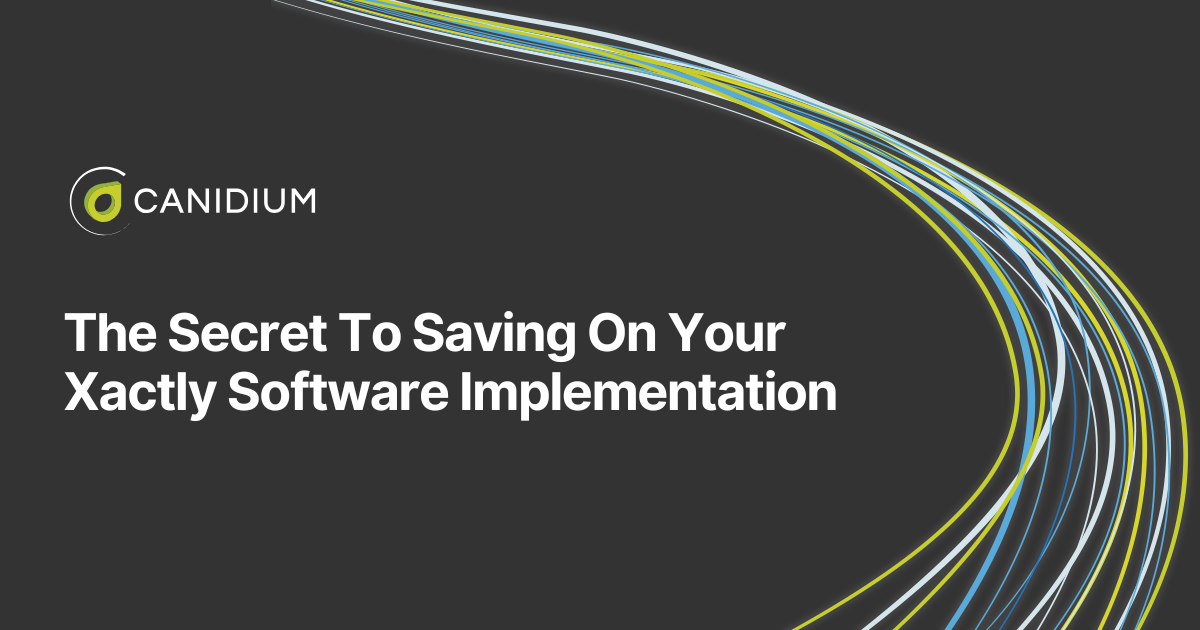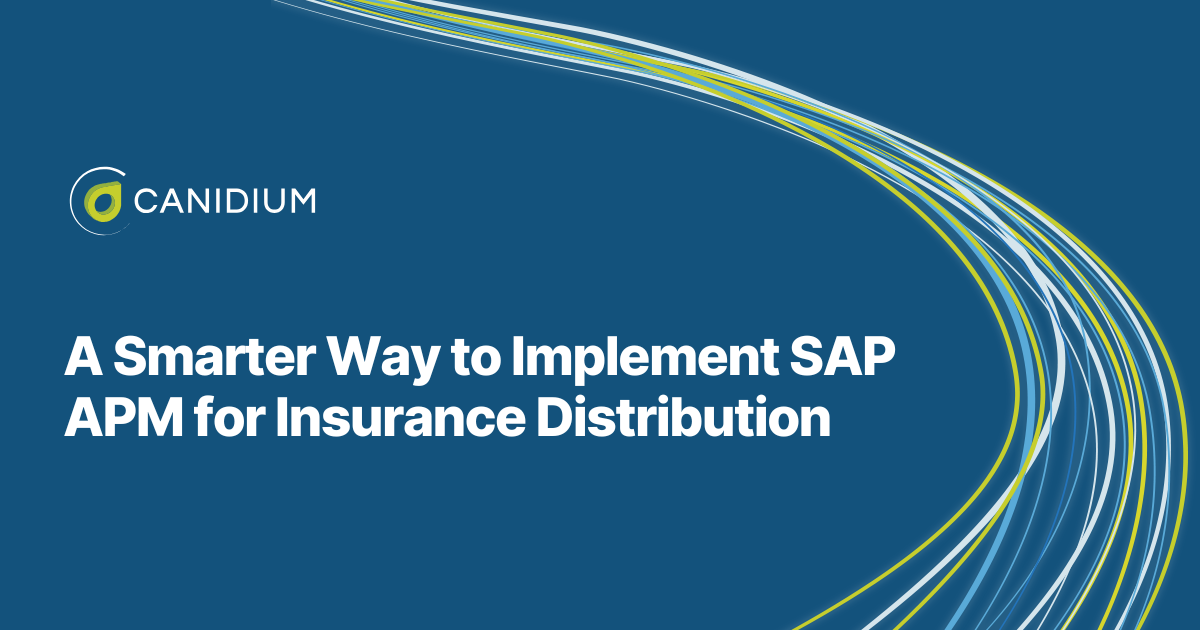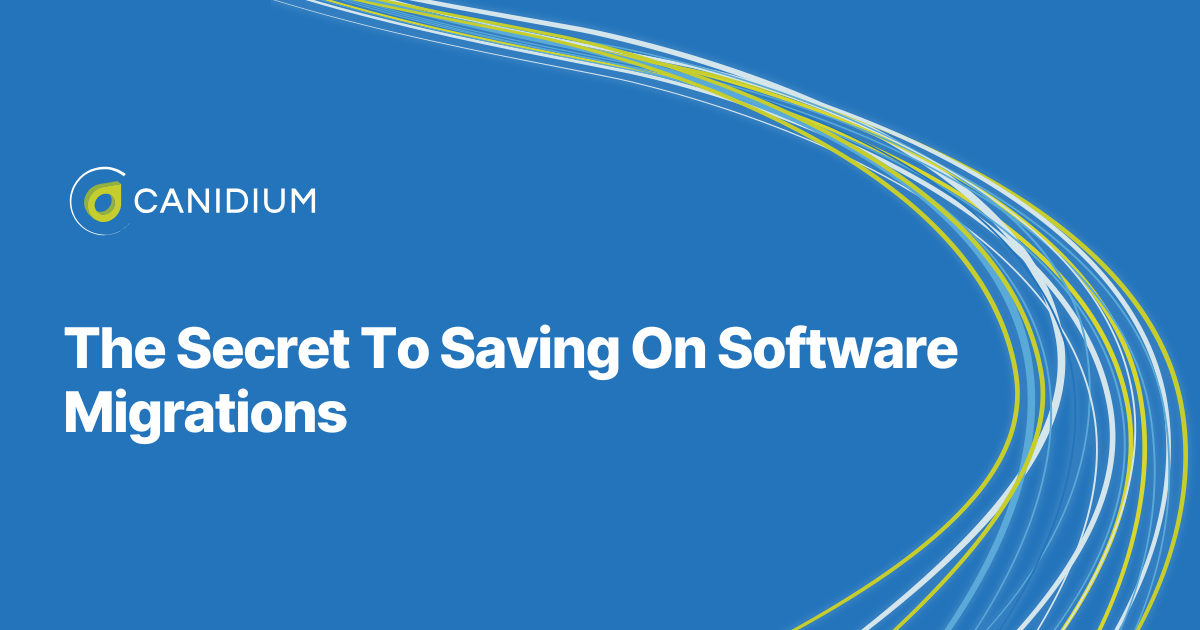During an SAP SuccessFactors Incentive Management (SFIM) implementation, the role of internal teams is pivotal in ensuring a smooth collaboration between you, the customer, and your software implementation partner. Beyond choosing a software implementation (SI) partner, leveraging existing internal expertise is vital to a successful implementation.
Beyond building an internal project team, effective coordination between internal teams and SI partners becomes crucial to the solution's success. Understanding how to approach the project internally is incredibly helpful.
At the beginning of every Canidium SFIM project, clients are informed of essential internal practices for successful implementation. We sincerely believe in these project management principles and wrote this article to summarize that information. This article aims to make the information available to organizations regardless of which SI partner they work with.
This article sheds light on:
- Who should be on your internal SFIM project team
- The best practices for effective communication and streamlined processes
Who should be on your internal SFIM project team?
In addition to identifying external roles for the SFIM project team, it's essential to leverage existing internal roles that may already exist within your organization. Here are our suggestions for typical internal roles that can serve the purposes outlined in the article:
Existing Project Management Office (PMO) Manager: If your organization has a PMO, the PMO Manager can play a vital role as the Project Manager for the SFIM implementation. Leverage their expertise in project oversight, resource management, risk assessment, and stakeholder communication.
Internal HR Business Analyst: The HR department may already have a Business Analyst who understands the intricacies of the organization's HR processes. Engage this internal resource to collaborate with the external consultant in translating business needs into SFIM specifications.
Internal IT Technical Lead: Identify an internal IT Technical Lead who is well-versed in the technical aspects of your organization's IT infrastructure. This person can work closely with the external SAP SuccessFactors Consultant to ensure seamless system integration.
Compensation and Benefits Manager: Your Compensation and Benefits Manager can collaborate with the external Compensation Specialist to bring insights into the existing compensation structure and assist in designing incentive plans.
Internal Data Management Specialist: If there is a Data Management Specialist within your organization, involve them in the SFIM implementation to ensure a smooth data migration process. They can contribute to cleansing and validating data to maintain accuracy.
Internal Change Management Lead: Many organizations have a Change Management Lead or department dedicated to managing organizational change. Leverage this internal expertise to focus on communication and training strategies for SFIM adoption.
In-House Legal Counsel: If your organization has an in-house legal team, involve them in ensuring that incentive plans comply with local regulations and company policies. They can provide valuable guidance on legal aspects related to compensation.
Internal Quality Assurance (QA) Team: Engage the internal QA team to test SFIM configurations thoroughly. They can identify and resolve issues before implementation, ensuring high system reliability.
By leveraging existing internal roles, organizations can enhance collaboration and communication, benefiting from the existing institutional knowledge and expertise within the company. This collaborative approach ensures a holistic and successful SAP SuccessFactors Incentive Management implementation aligned with organizational goals.
Best practices for managing your internal team's communication and process
The successful implementation of SAP SuccessFactors Incentive Management (SFIM) requires seamless collaboration between an organization's internal team and its software implementation partner.
Effective communication and organization are crucial for ensuring a harmonious workflow throughout the implementation process. This article outlines best practices to foster collaboration and alignment between internal teams and software implementation partners.
Establish Clear Communication Channels
- Define clear and accessible communication channels between the internal team and the software implementation partner.
- Utilize project management tools, regular meetings, and collaborative platforms to facilitate transparent communication.
Hold Regular Progress Meetings
- Schedule regular progress meetings to discuss project updates, challenges, and milestones.
- Provide a platform for open dialogue, allowing internal teams and implementation partners to share insights, address concerns, and align expectations.
Define Roles and Responsibilities
- Clearly define roles and responsibilities for internal team members and software implementation partners.
- Establish a governance structure that outlines decision-making processes and ensures accountability.
Foster a Collaborative Culture
- Cultivate a collaborative culture that encourages knowledge-sharing and cross-functional cooperation.
- Facilitate team-building activities to strengthen relationships between internal team members and external partners.
Create a Detailed Project Plan
- Develop a comprehensive project plan outlining key milestones, timelines, and deliverables.
- Share this plan with all stakeholders, providing visibility into the project's progression and fostering a shared understanding of goals.
Establish a Feedback Loop
- Implement a feedback loop to gather insights from internal teams and implementation partners.
- Regularly seek feedback on processes, communication, and collaboration to identify areas for improvement.
Encourage Proactive Issue Resolution
- Encourage proactive issue resolution by addressing challenges promptly.
- Establish a system for reporting and resolving issues efficiently, minimizing the impact on project timelines.
Align Expectations on Customization
- Communicate expectations regarding system customization and configurations.
- Collaborate with implementation partners to ensure that SFIM meets the organization's unique requirements.
Invest in Training and Knowledge Transfer
- Prioritize training sessions to ensure that internal teams are well-versed in SFIM functionalities.
- Facilitate knowledge transfer sessions between internal experts and implementation partners to build a shared understanding of the system.
Celebrate Milestones and Achievements
- Celebrate project milestones and achievements, fostering a positive and collaborative atmosphere.
- Acknowledge the contributions of both internal teams and implementation partners to boost morale.
Effectively managing communication and collaboration between internal teams and software implementation partners is paramount for the success of an SAP SuccessFactors Incentive Management implementation. By implementing these best practices, organizations can create a harmonious working relationship, streamline processes, and ensure that both parties are aligned toward achieving common goals.
With open communication, clear expectations, and a collaborative mindset, the SFIM implementation journey becomes a shared success for the entire team.
Forward to SFIM project success
At Canidium, we believe in the principles outlined in this article, which form the foundation of our approach to SFIM projects. This information is shared with our clients and the broader community to make these essential practices readily available, irrespective of the SI partner chosen.
As organizations embark on their SFIM journey, building a cohesive internal team and fostering effective communication with software implementation partners are crucial steps. By implementing the suggested best practices, organizations can create a harmonious working relationship, streamline processes, and ensure that both internal teams and external partners are aligned toward the common goal of SFIM implementation success.
Now that you understand how organizations can transform the SFIM implementation journey into a shared success story for the entire team, your next step is to educate yourself on the first big hurdle in the implementation process: The Project Scoping Call.
Read this article: A Complete Guide to Successful Software Implementation Scoping Calls


.png)





